Interaction of Spatial and Social Structure
Charles University
About me
2nd year Ph.D student at the department of Social geography and Regional Development
Faculty of Science at Charles University in Prague
Interplay between population and built form
Understand built-up patterns of housing types and the ability of different population to inhabit them.
Relationship between social structure and built form
Spatial configuration, urban design, and morphology actively shape social interactions, mobility, and segregation
Qualitative methods and quantitative methods
Urban morphometrics - deprivation prediction
Rarely been empirically measured
How strong are the associations between built form and population
Systematic exploration of the associations
How to measure the relationship between social structure and the built form?
Does the relationship differ across different built form types?
Is the relationship consistent or spatially variable?
Case Study of Czechia
Built form types as the dependent variable
Morphometric classification
Quantitative identification of built form types.
Based on similar morphological characteristics shared by street segments and building footprints.
Focuses on geometry and spatial configuration within the built fabric.
Level 3 of the classification - 7 main housing types in Czechia
Coherent Interconnected Fabric

Coherent Dense Adjacent Fabric
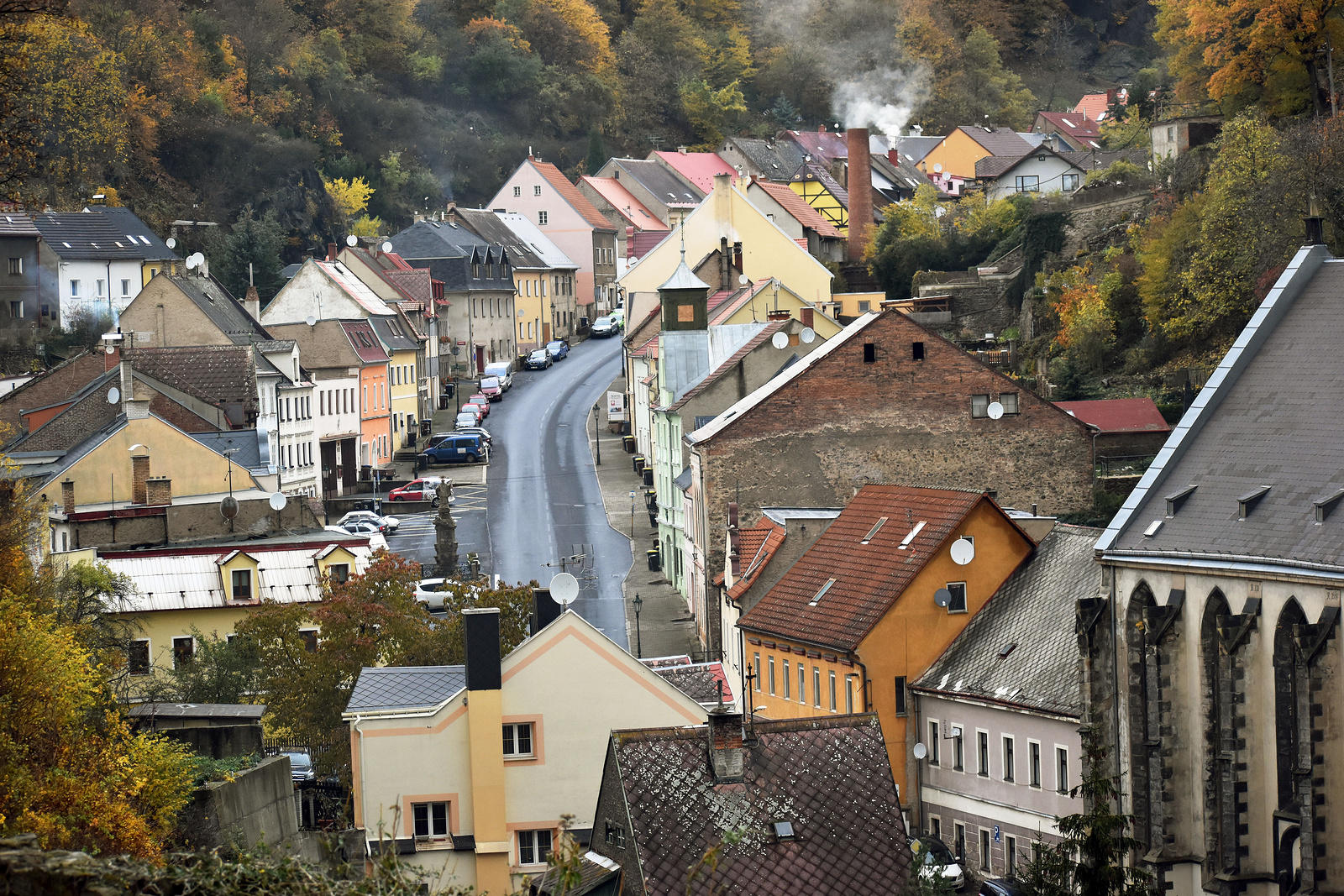
Coherent Dense Disjoint Fabric
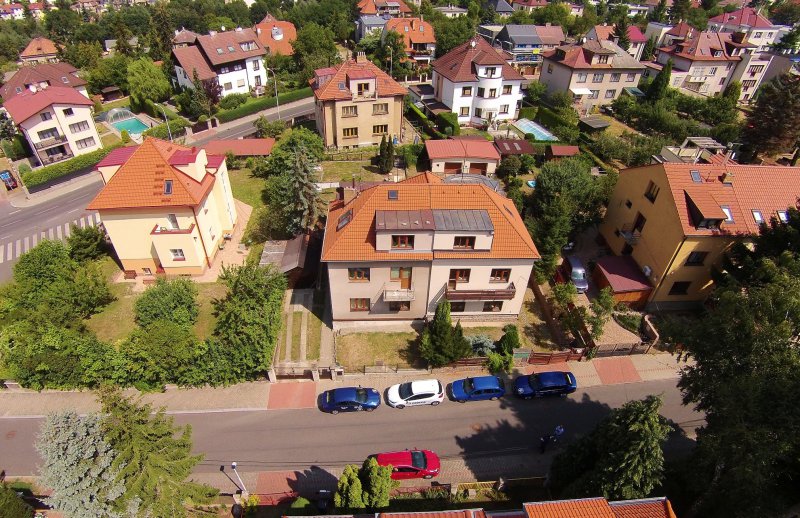
Incoherent Large-scale Homogeneous Fabric

Incoherent Small-scale Linear Fabric

Incoherent Small-scale Sparse Fabric

Incoherent Small-scale Compact Fabric
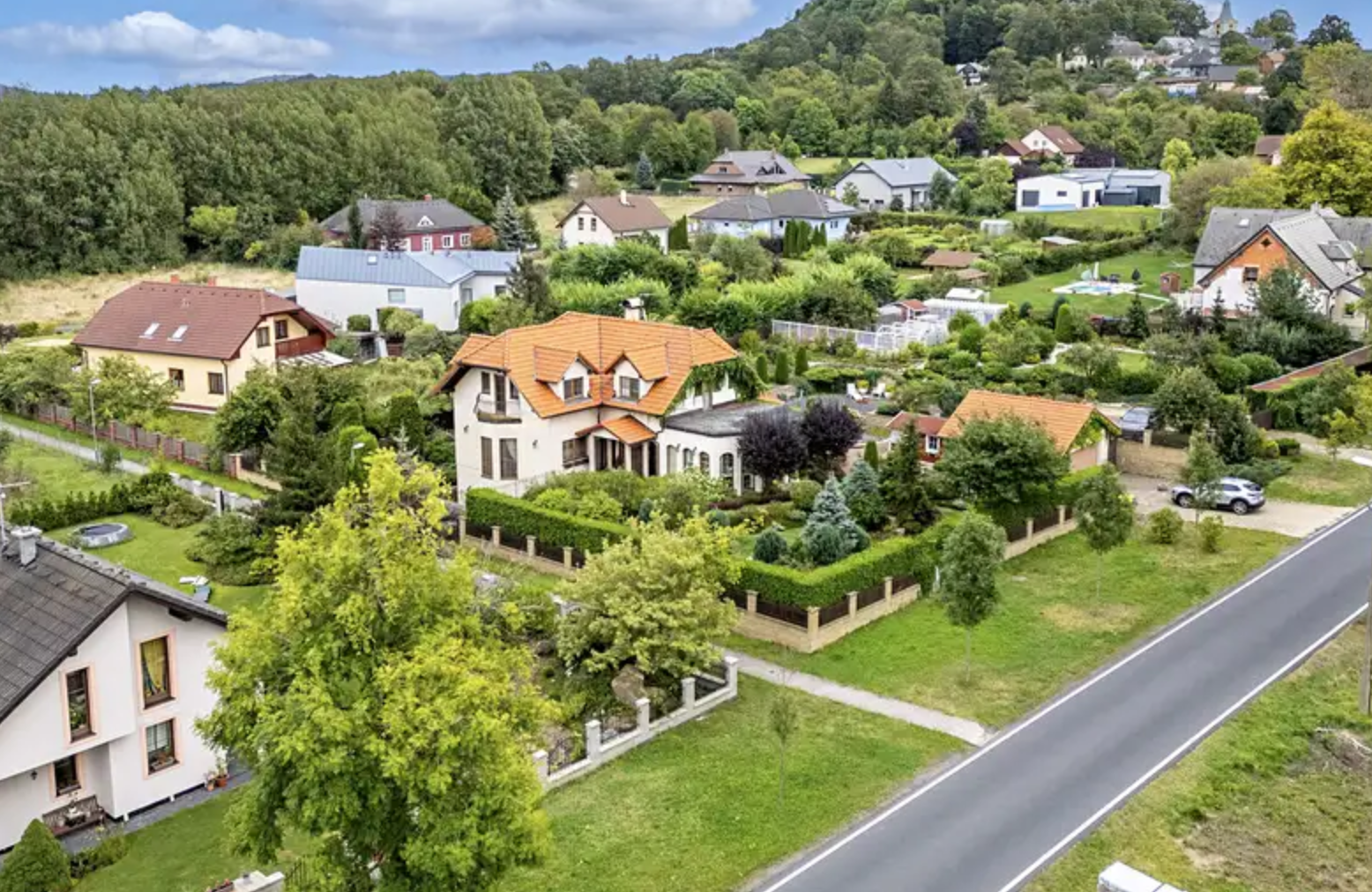
Scale
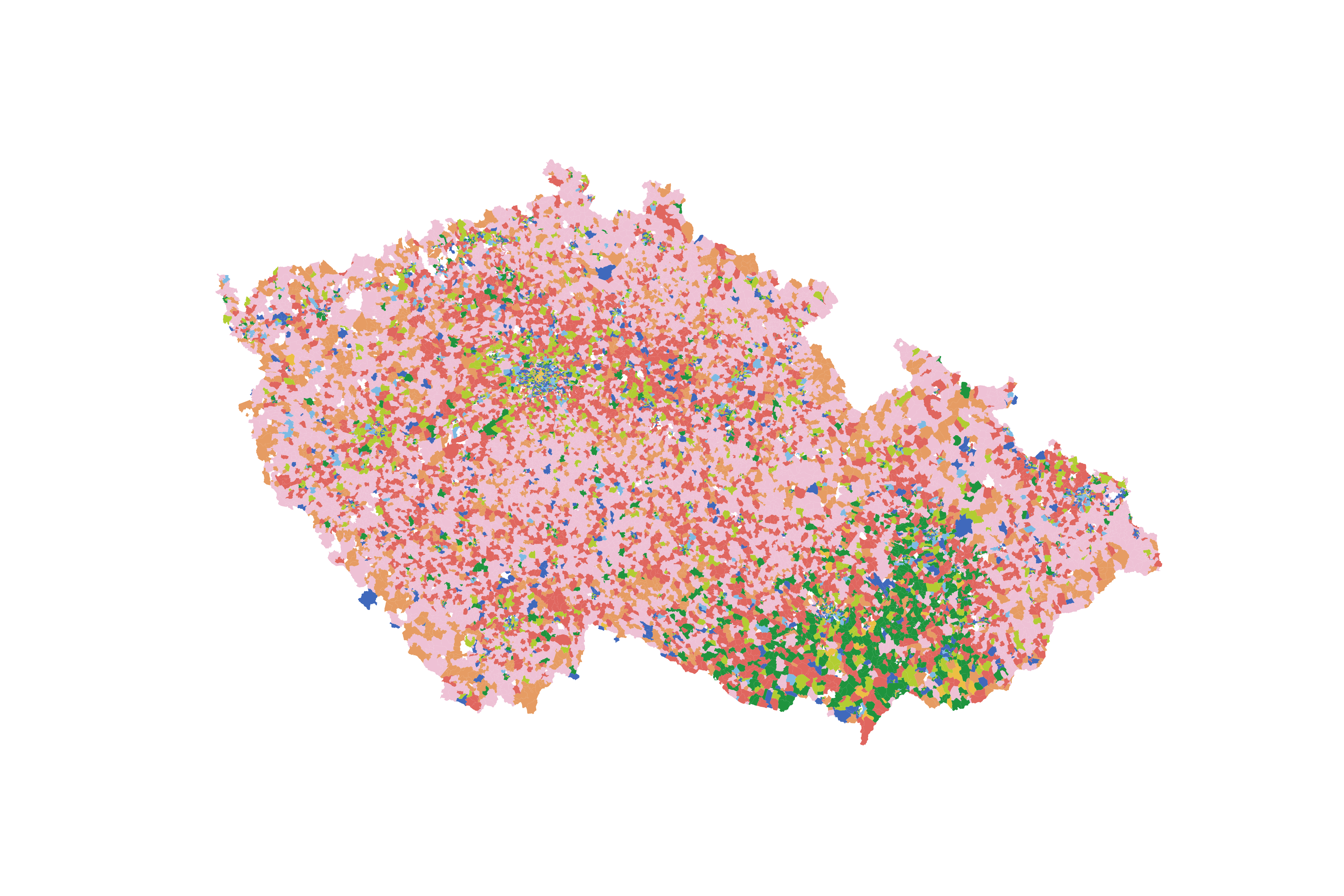
Census characteristics as the independent variables
Census variables
Population density
Age structure
Employment sector
Employment status
Dwelling ownership
Education level
Household size
Citizenship
Religion
Marital status
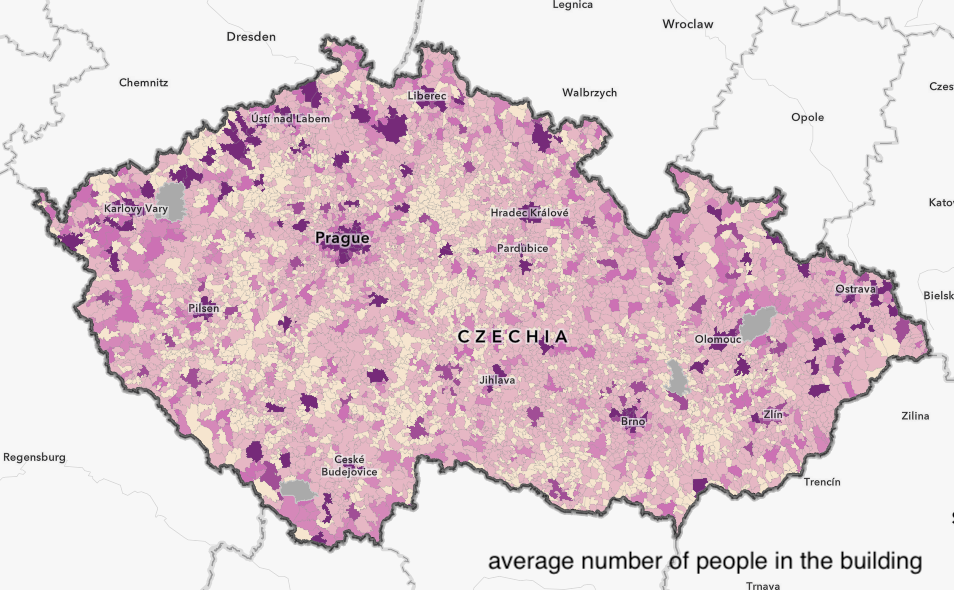
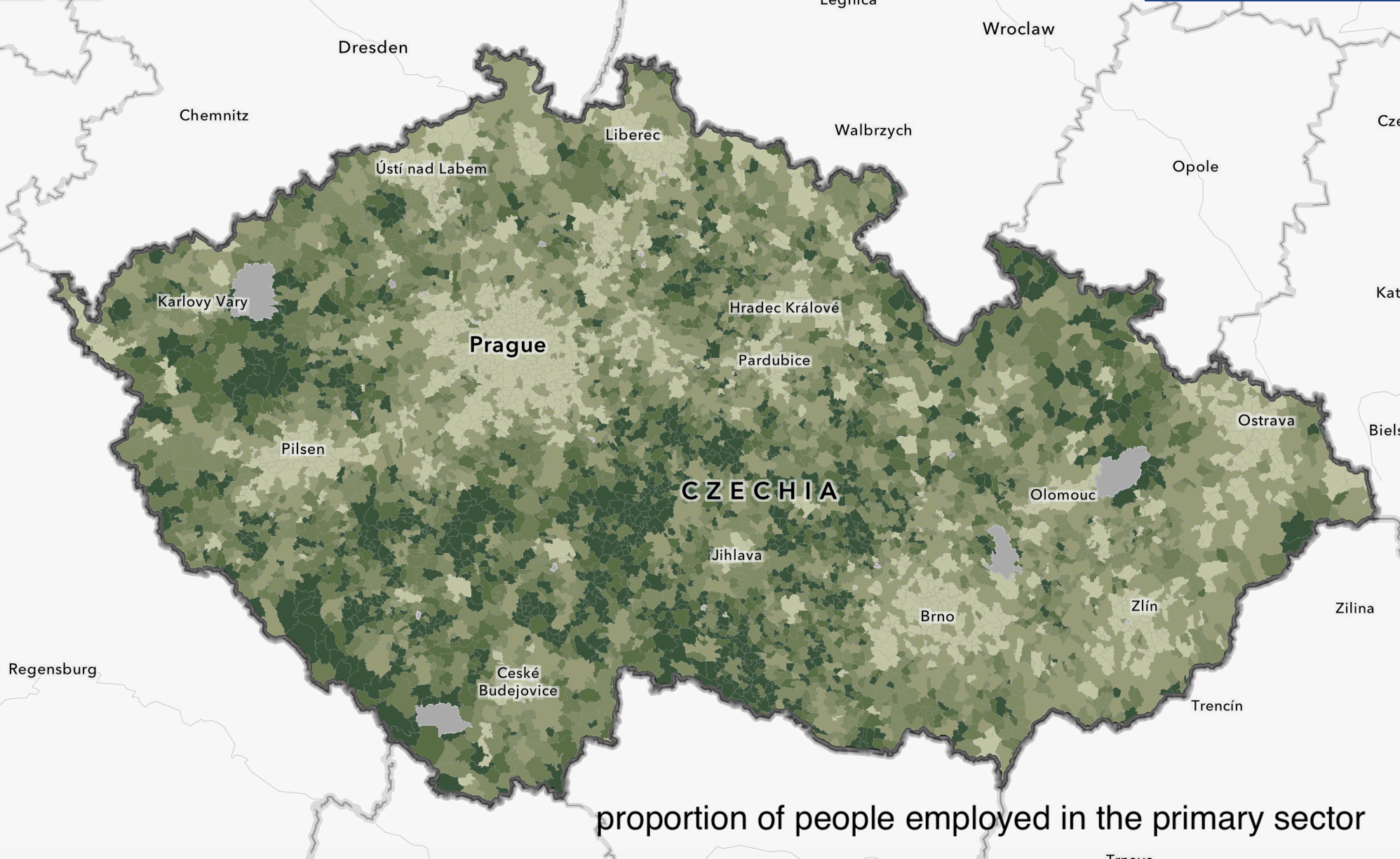

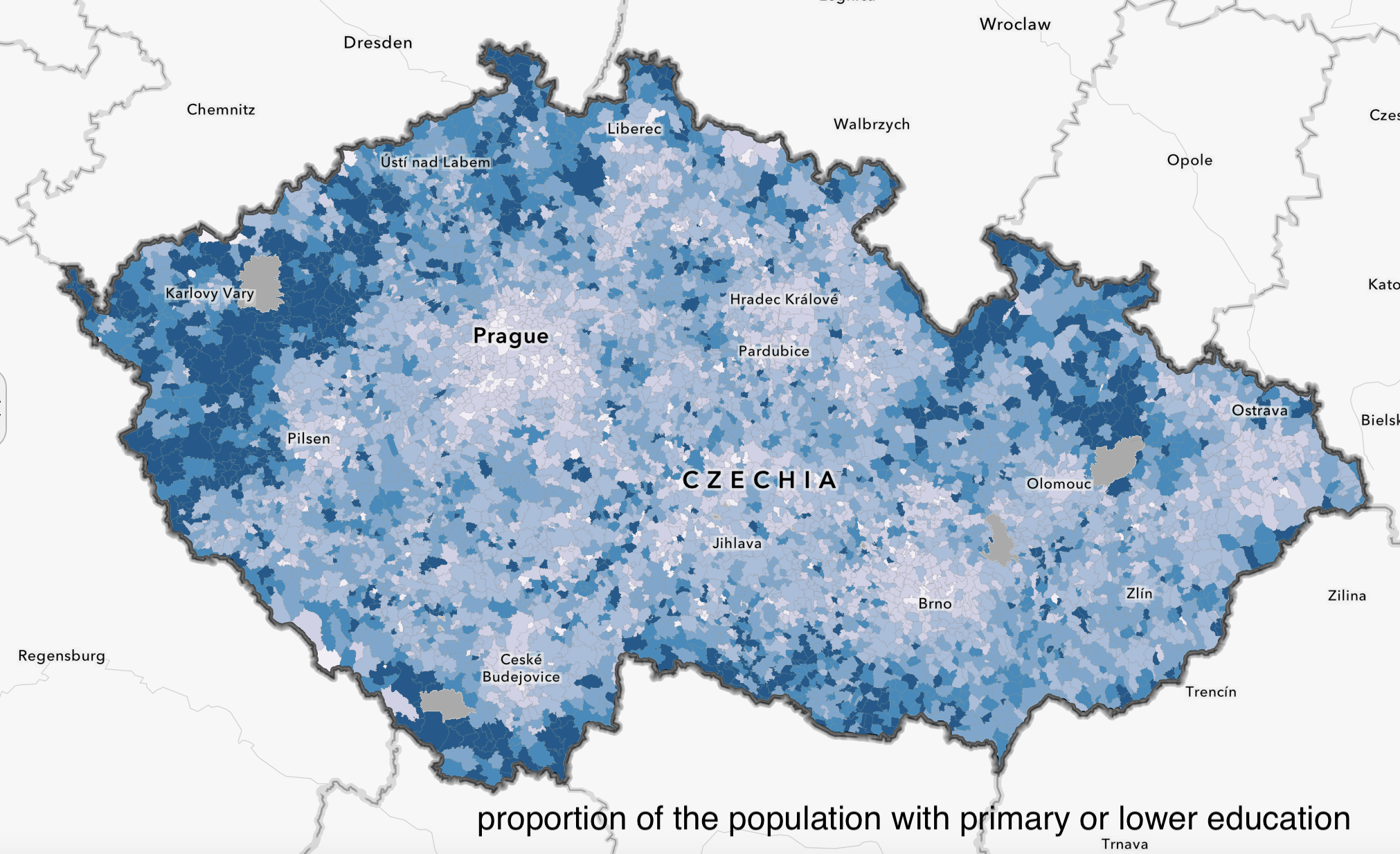
Census processing

Global modelling
Logistic Regression - 0.098
Random Forest Classification - 0.377
Built form types

Prediction
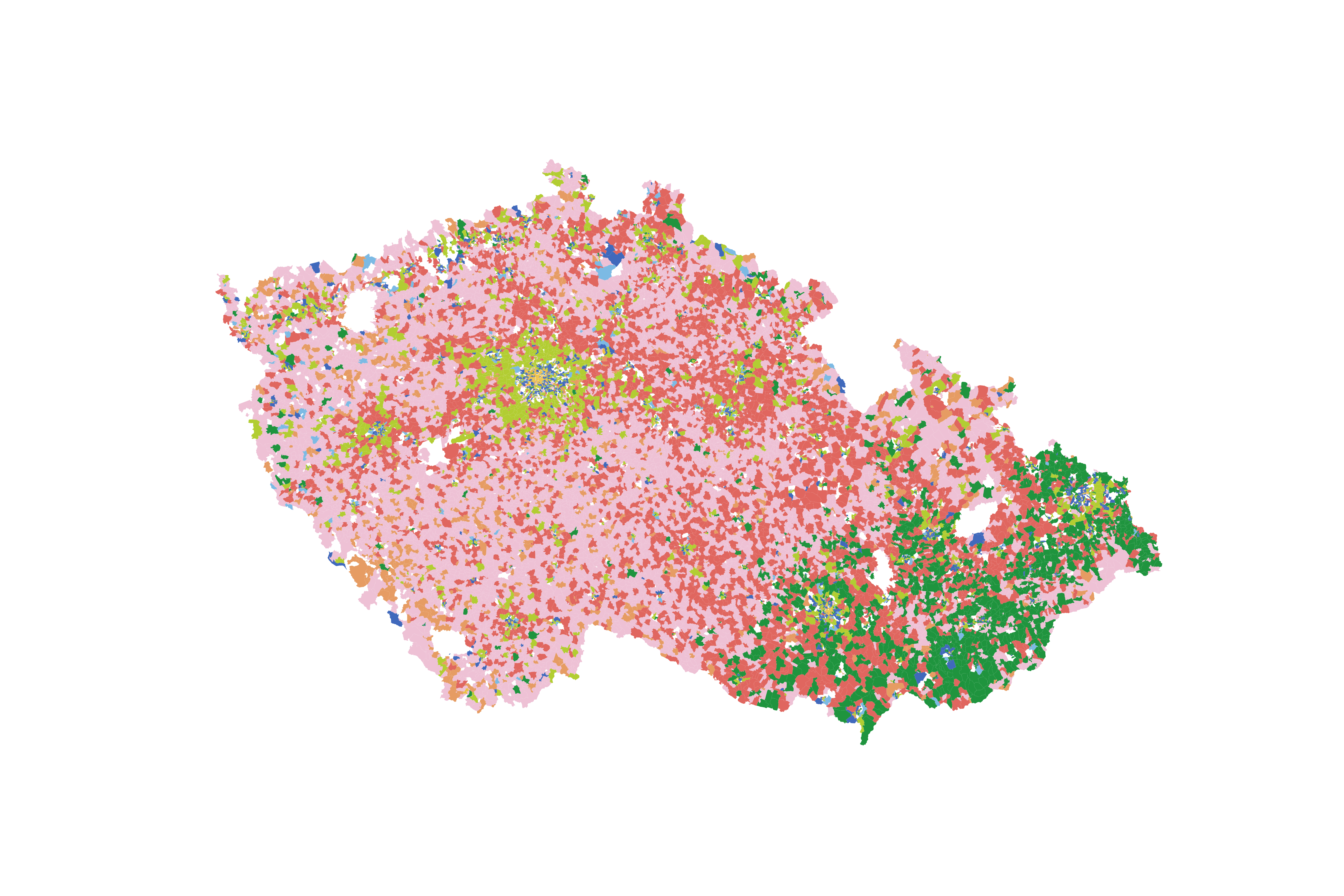
Error

Spatial autocorellation of the error
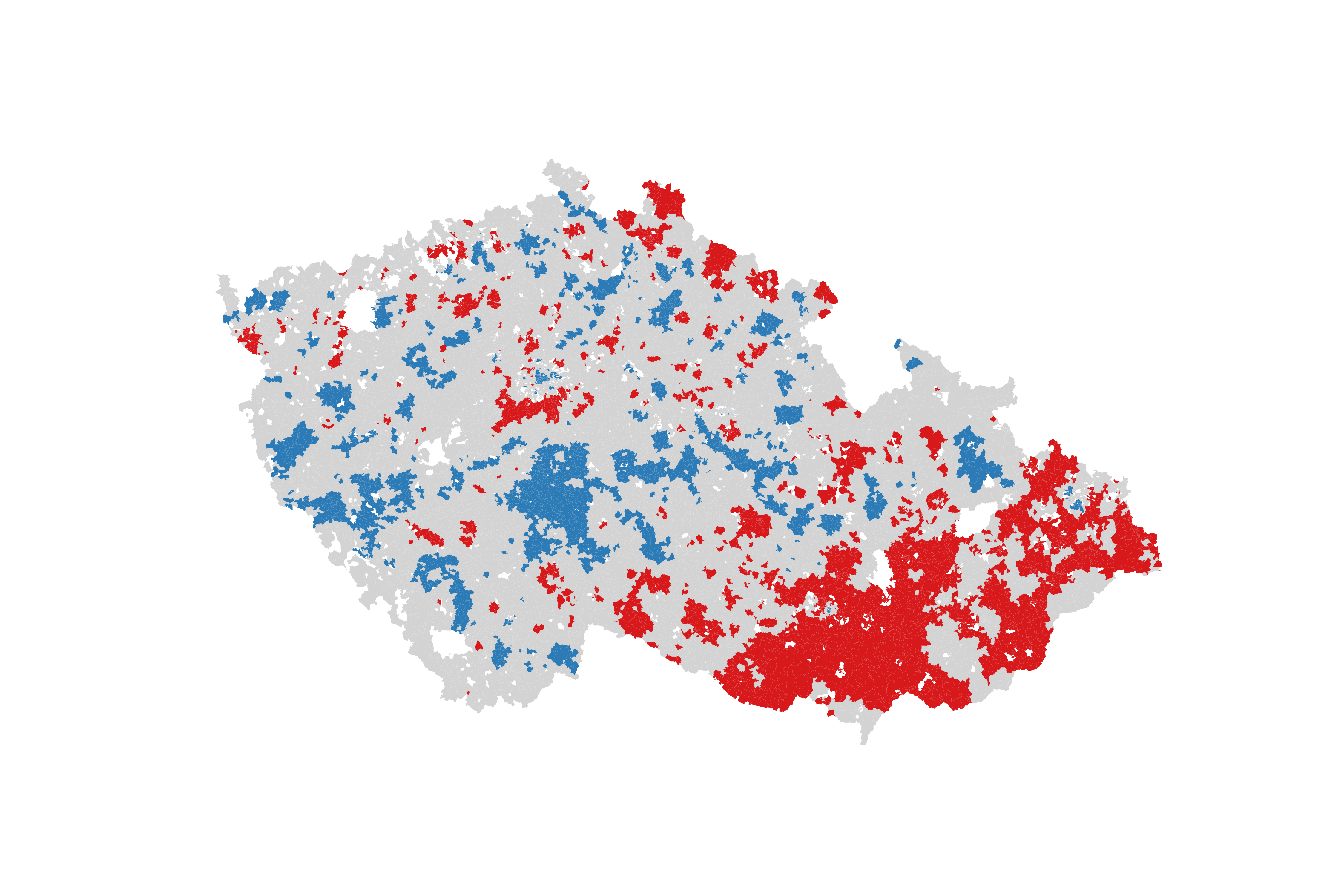
Geographically weighted modelling
Global models do not account for the geographic variation in the relationship.
Geographically weighted models capture this by applying local models rather than a single global model.
Geographically weighted classification
Similar in concept to Geographically Weighted Regression (GWR).
Categorical or class-based outcomes.
Separate classifier for each location using data weighted by geographic proximity.
Weighting
Controlled by a distance-decay parameter.
Nearby observations are given more weight than distant ones.

Illustration of bandwidth and its relation to weight, Fotheringham et al. (2002, 44–45)
Bandwidth
Controls the spatial scale over which a process varies.

Conceptual diagram explaining fixed (left) and adaptive weighting (right) schemes. Sachdeva, M., & Fotheringham, A. S. (2020)
Binary Classification
The distribution of built form classes is uneven across space.
Some built forms do not appear in certain locations at all.
Each model can be tuned to local prevalence and have custom thresholds, weights, bandwidth…
Results

Results

Results

Incoherent Small-Scale Sparse Fabric
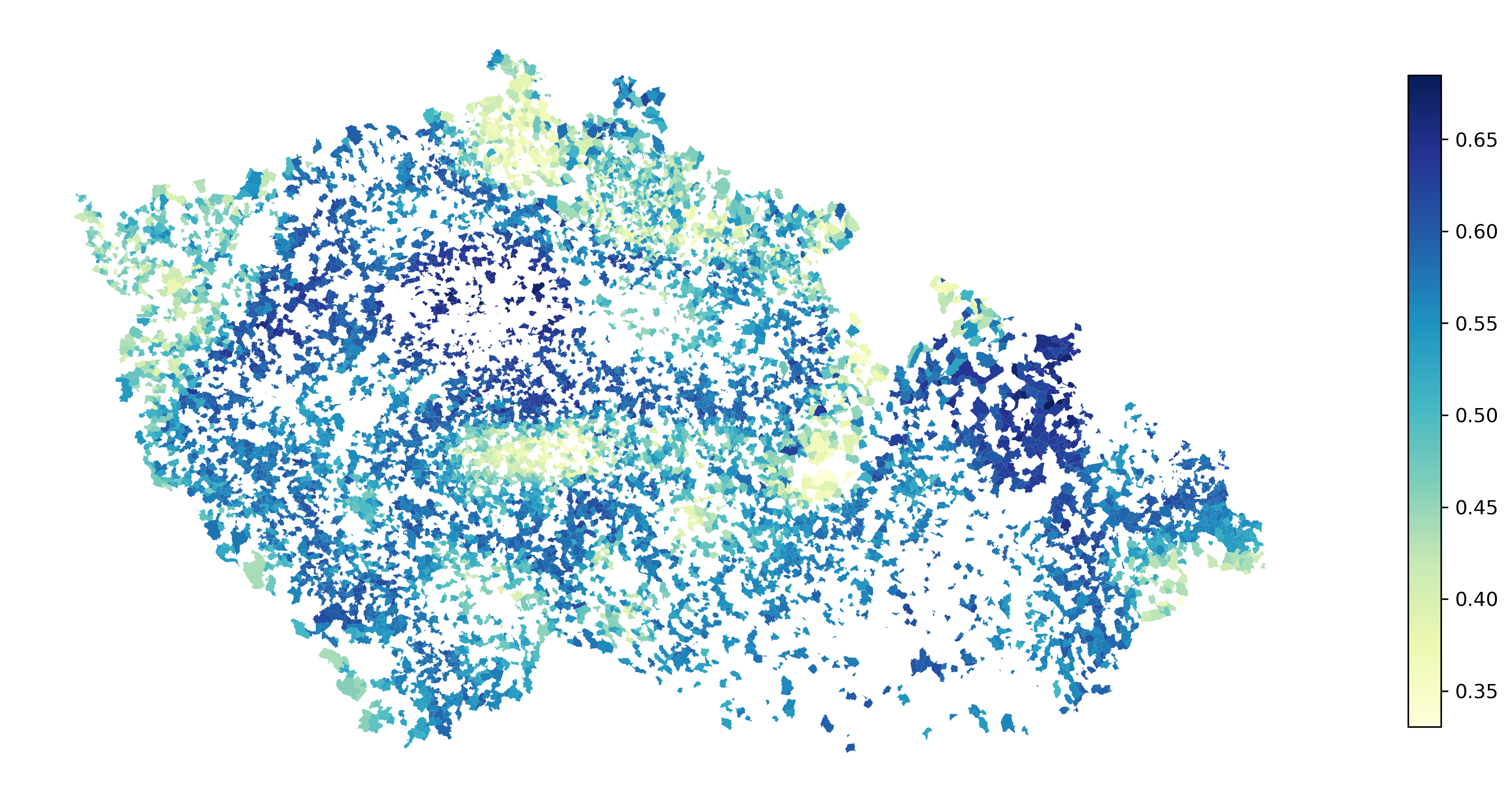


Incoherent Small-Scale Sparse Fabric

Incoherent Small-Scale Sparse Fabric
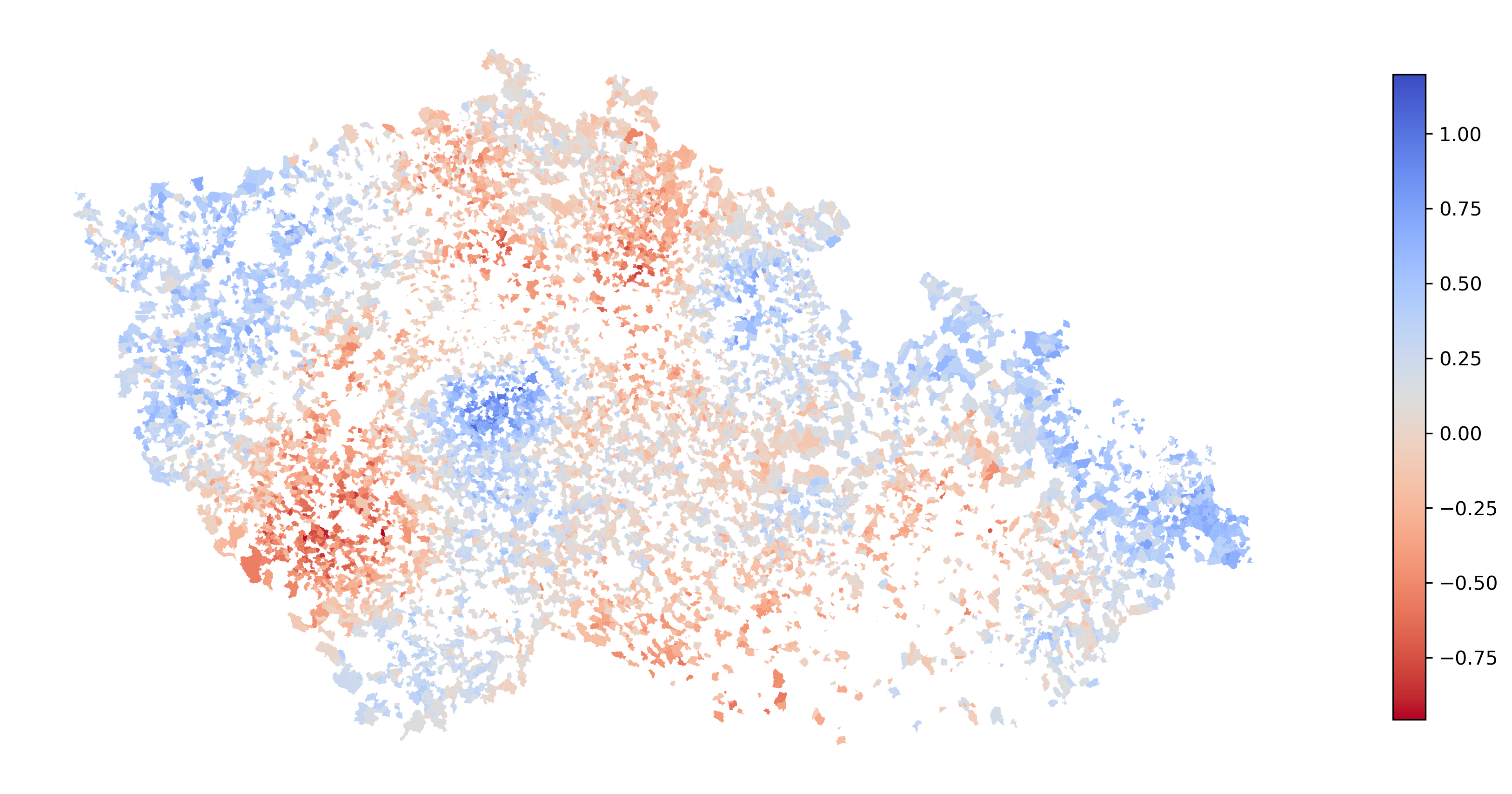
Conclusion
Locally linear but globally heterogeneous.
Specific relationship between social structure and different built form types.
In some locations, education, ownership regime and employment status strongly increase the probability of belonging to specific built forms.
Preliminary results, would appreciate some feedback!